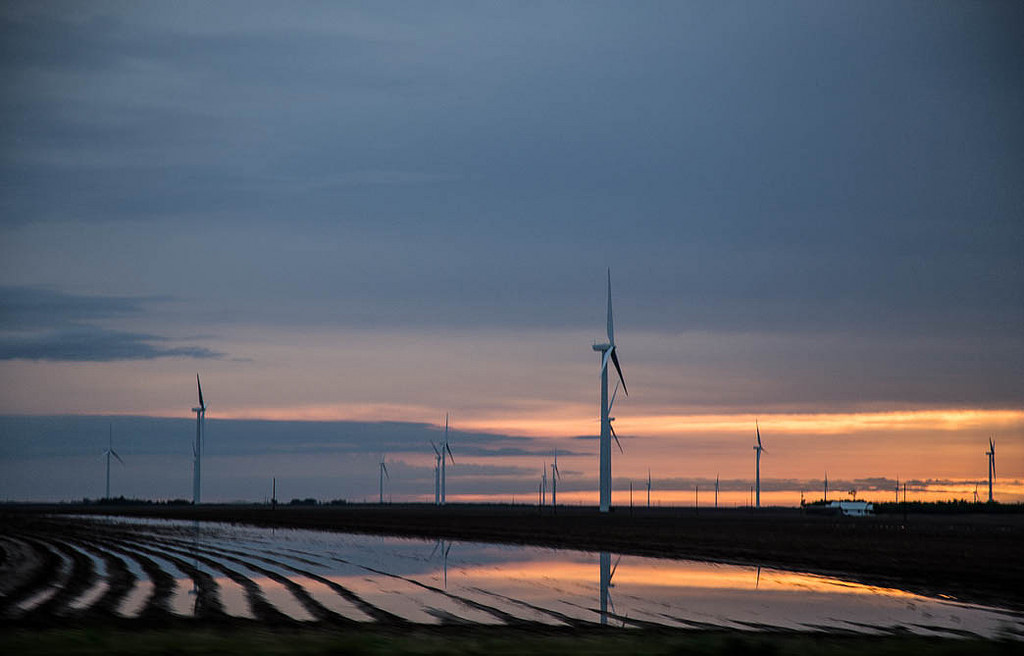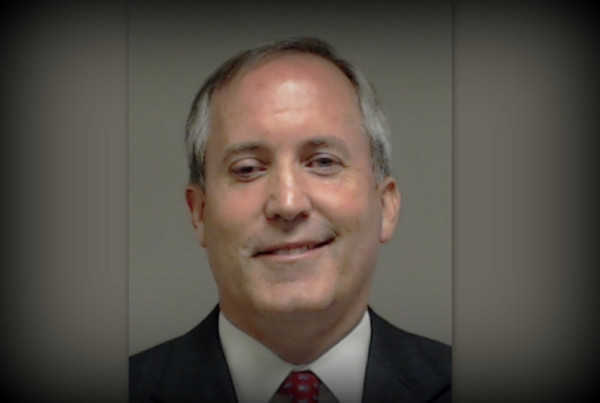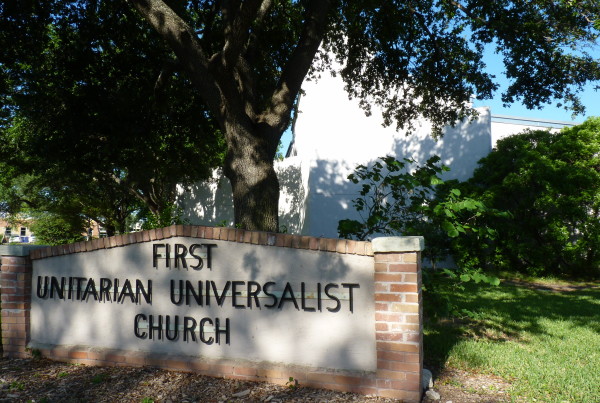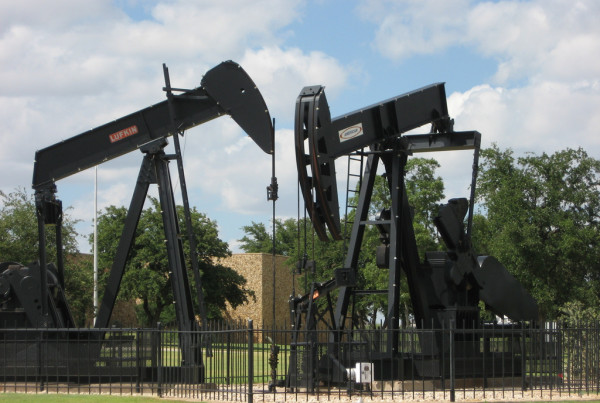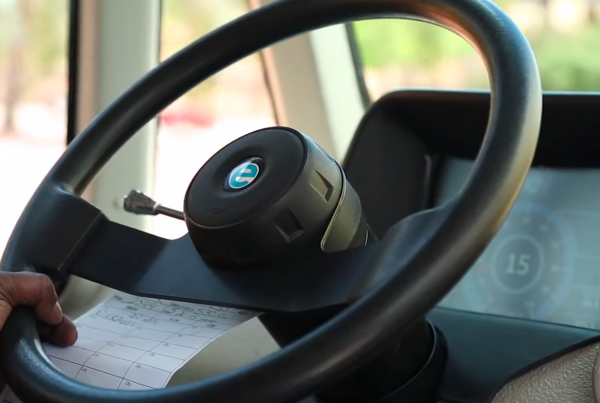The Obama administration is announcing what it calls the Clean Power Plan — an ambitious plan to dramatically reduce carbon emissions. From an international perspective, the plan could give the United States more weight in future discussions on curbing so-called greenhouse gases. But there’s some politics here as well: the move is seen by many analysts as legacy building, and there’s no doubt Texas is in the crosshairs.
Travis Bubenik of Marfa Public Radio has been following this for Inside Energy. He joins the Standard to discuss.
What is the Clean Power plan?
Its at the heart of the Obama Administration’s climate agenda — seeks to reduce carbon emissions from existing and future power plants by at least 30 percent between 2005 and 2030. The rule was first introduced back in June of 2014, and after over a year of comment and controversy, these are the final rules. First ever federal limits on carbon emissions.
How do they propose meeting these goals?
Originally the administration said states had to reduce CO2 emissions by 25 percent by 2020, but after hearing lots of push-back from utilities and state regulators that timetable is too ambitious, unreachable really. They’ve now pushed that interim goal back to 2022…. But they’re giving states some flexibility — they can do it by substituting natural gas as a fuel for coal (natural gas emits far less CO2), making fossil fuel plants more efficient, adding more into more renewables and nuclear energy and a fourth way (now potentially out of the plan) through improving household efficiencies.
What’s it mean for Texas?
[There’s] a huge pushback in the state against the very idea that the feds will come in and regulate how we run our electricity market. Attorney General Ken Paxton has said he will sue. But here’s the thing: Texas has a huge electricity market, bigger than any other state, and it produces more carbon emissions than any other state. So, in the original plan Texas was supposed to cut its CO2 emissions by 38 percent — that’s the 14th highest rate in the nation.What’s it mean for ratepayers?
Even the EPA says rates are likely to go up in the near term: 3 to 6 percent. But they say over the longterm they’ll go down because of increased efficiencies.
Can we do it?
Texas already has more natural gas plants than coal — 41 percent versus 37 percent of electricity generated. We already generate nearly 10 percent of our electricity from wind, more wind than any other state. But Texas politicians are saying this plan threatens jobs and reliability. It may mean that some 19 power plants using coal have to shut down or retrofit. That’s 15 percent of the electricity we currently generate and that could be a problem.
What happens next?
Our Attorney General has said he’ll sue; 15 other states have already sued and there will be lots of legal challenges to this rule. States are supposed to draft their own compliance strategy by next summer, but that’s likely to be delayed. Still these suits don’t have a great track record of success — Texas has actually sued the EPA already some 21 times during this administration alone.


